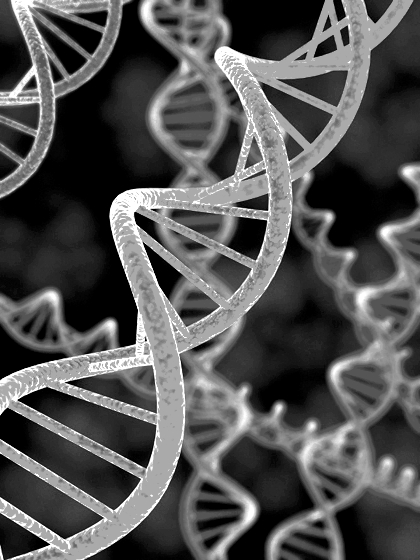Key facial gene found
 There has been a breakthrough in a 20-year quest for the genetic basis for a facial deformity condition.
There has been a breakthrough in a 20-year quest for the genetic basis for a facial deformity condition.
Families with hemifacial microsomia, a condition where one side of the face is underdeveloped and does not grow normally, will for the first time be able to find out if they are passing on the condition, following the discovery of the genetic cause of the disease.
Twenty years ago, a hunt for the disease gene started in Perth when then-PhD student Dr David Chandler started working with the biggest known family with the condition. Nine members of the same family were affected.
The proposed chromosome region of the gene was published in 2001, but the technology did not exist to take the research further.
This was until last year, when the Western Australian team was contacted by Professor Andrew Timberlake at Yale University saying he had been analysing the genetic code of six other families, mostly from the USA.
“He said he had identified a possible gene for hemifacial microsomia in the region on the chromosome that matched the region identified 20 years before in our research,” says internationally renowned geneticist Professor Nigel Laing, who supervised Dr Chandler’s PhD.
“Professor Timberlake found variants which knocked out the function of a particular gene affecting the growth patterning that influences facial development.
“He’d scoured the published literature and found our 20-year-old research and contacted us.
“We still had DNA of members of the Perth family and Genetic Services WA recontacted the family and updated the family tree.
“We discovered that the Perth family also had the function of the gene knocked out.
“Finally, we could say that the gene causing hemifacial microsomia had been found,” said Professor Laing.
Professor Laing said the discovery identifies the cause of another genetic disease that was previously unresolved and gives couples with a history of the disease in their family reproductive choices.
The findings are detailed in a paper published in Nature Communications.








 Print
Print